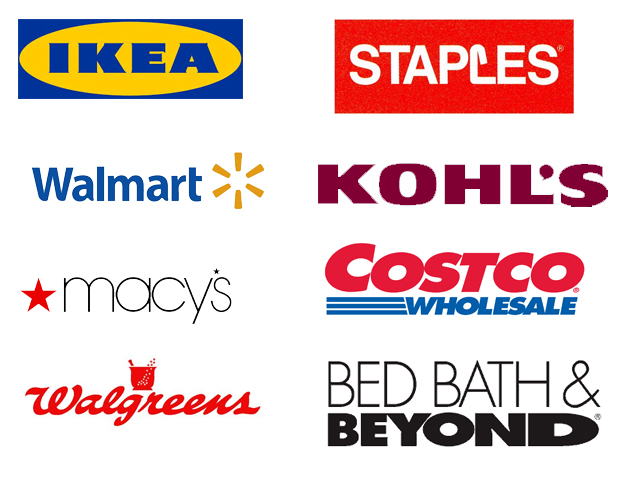Retail stores generally have large roofs and vast energy needs. Those two factors, plus some chains’ desire for sustainability, not to mention good publicity, present opportunities for solar companies.
Some retailers have well-established solar programs. In September 2012, the Solar Energy Industries Association and the Vote Solar Initiative released a list of the top 20 companies for on-site solar capacity deployed. Among the retailers on the list were Walmart; Costco; Kohl’s; IKEA; Macy’s; Staples; Walgreens; Bed, Bath & Beyond and Toys ‘R’ Us.
Walgreens began implementing solar in 2007, and today has rooftop photovoltaics on 156 locations, including stores, distribution centers and its corporate headquarters in Deerfield, Ill. The drugstore chain plans to install more solar, and developers are eager for the business.
“I get two pitches a week from people saying, ‘We can do solar,'” says Mike Colwell, manager of energy and utilities for Walgreens.
In June, Walgreens announced it has contracted with Chicago-based solar developer SoCore Energy to build more than 200 new solar installations at its locations in California, Connecticut, Delaware, Massachusetts, New Jersey and New York. Walgreens has also worked with SunEdison and SolarCity.
“We have 8,000 stores, and I would love to put solar on all of them, but that is not feasible,” Colwell says. “We go through a list of filters as we look at stores.”
Among the filters are engineering issues such as structural capacity. A solar installation adds five pounds per square foot, Colwell says, so the roof must be able to handle the extra weight. In some regions, the structures have to handle snow loads too. Also, some stores are older than others.
“We look at roof life remaining,” Colwell says. “If we have to re-roof, I don’t want to put solar on there, because we will have to remove it.”
For Walgreens and other chains, there are often landlord issues. Marc Rubcich, senior director of strategic accounts, distributed generation, for Missouri-based SunEdison, says most retailers lease 40% to 60% of their stores. Rubcich says SunEdison, which has built solar installations for Staples, Kohl’s, Walmart and others, has a real estate team that negotiates with landlords.
“We deal with anything from family trusts to one-off landlords to big conglomerates,” Rubcich says. “Sometimes they say, ‘No, because it’s our building, and we don’t want you guys putting holes in our roof,’ and others say, ‘Yes, we see this as a good thing.'”
Retailers also see solar as a good thing for several reasons. Colwell says solar energy helps Walgreens reduce its carbon footprint, and it fits with Walgreens’ marketing message.
“Our ads say: ‘Walgreens at the Corner of Happy and Healthy,'” he says. “We are trying to make our stores more energy efficient, reduce pollution and improve the health of customers and communities we serve.”
Colwell adds that solar provides a hedge against fluctuating utility rates.
Rubcich says most retailers use power purchase agreements and do not own the energy being produced by the solar panels. In April, when Staples announced that SunEdison had installed solar on the office products company’s Framingham, Mass., headquarters, the chain noted that the program was made possible with a power purchase agreement, which requires no capital outlays from Staples.
Any renewable energy credits or incentives are not specific to retailers, notes Pete Kadens, president and CEO of SoCore Energy. He says, moreover, that all types of businesses are able to recover investments in certain property through depreciation deductions using the federal Modified Accelerated Cost-Recovery System.
In addition to Walgreens, SoCore has installed rooftop solar for IKEA and other retailers.
Kadens says the outlook for solar on retail stores will be “continued acceleration of demand as the utility prices go up and the cost of distributed generation goes down.”
He adds that most retailers build solar on rooftops, and few build parking canopies: “The added cost of steel for the canopies can skew the economics.”
Colwell points to another reason why solar canopies in parking lots are not as common as the rooftop projects: It’s a marketing and visual appeal issue.
“The marketing folks don’t want to block the views of inside the buildings or the sides of buildings,” he explains. “The only place for a carport is out back, and no one would want to park back there.”
Nora Caley is a Denver-based freelance writer.



